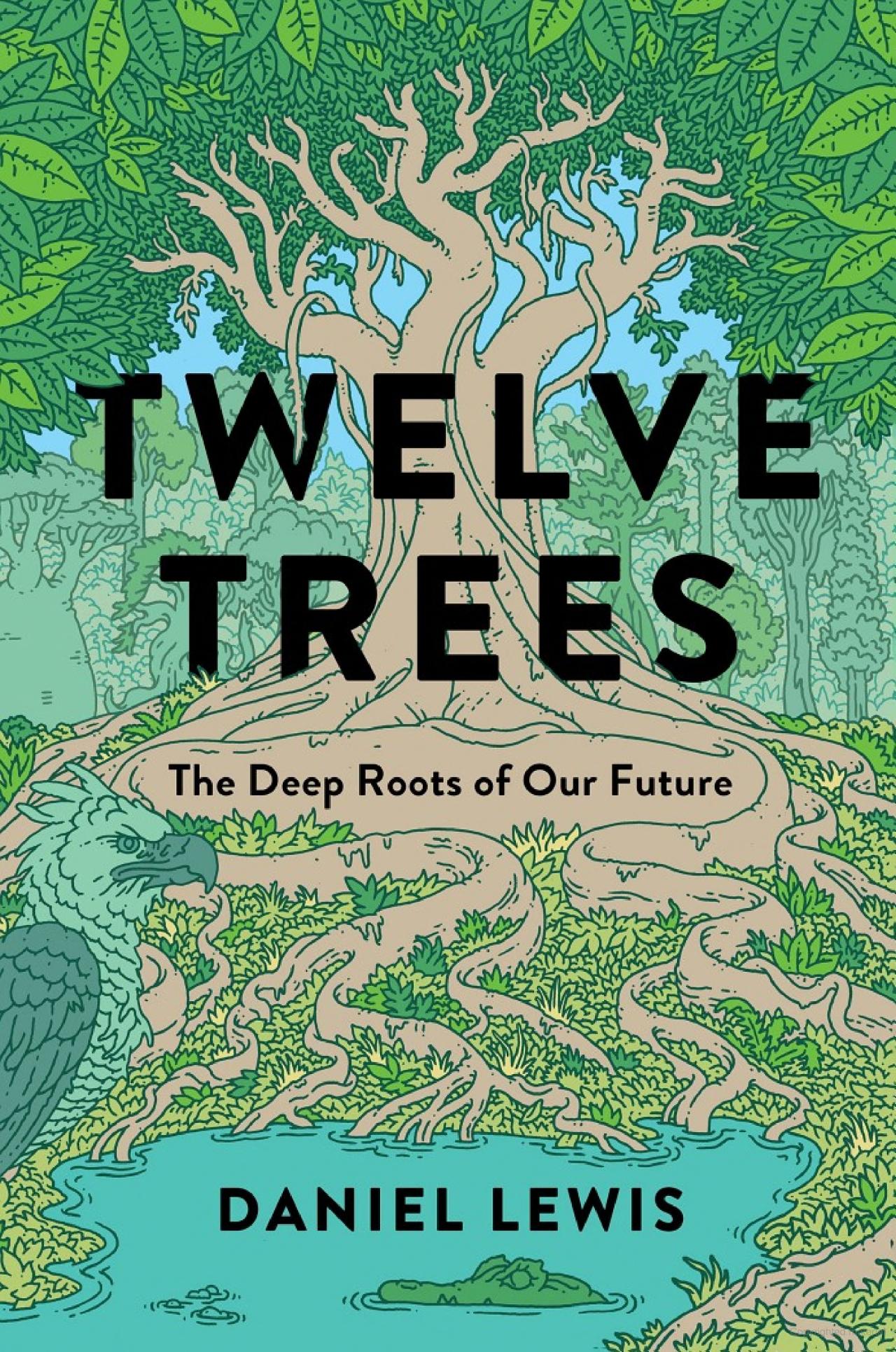304 pages
Twelve Trees
The Deep Root of Our Future

- ISBN:
- 978-1-9821-6405-8
A compelling global exploration of nature and survival as seen via a dozen species of trees that represent the challenges facing our planet, and the ways that scientists are working urgently to save our forests and our future.
The world today is undergoing the most rapid environmental transformation in human history—from climate change to deforestation. Scientists, ethnobotanists, indigenous peoples, and collectives of all kinds are closely studying trees and their biology to understand how and why trees function individually and collectively in the ways they do. In Twelve Trees, Daniel Lewis, curator and historian at one of the world’s most renowned research libraries, travels the world to learn about these trees in their habitats.
Lewis takes us on a sweeping journey to plant breeding labs, botanical gardens, research facilities, deep inside museum collections, to the tops of tall trees, underwater, and around the Earth, journeying into the deserts of the …
A compelling global exploration of nature and survival as seen via a dozen species of trees that represent the challenges facing our planet, and the ways that scientists are working urgently to save our forests and our future.
The world today is undergoing the most rapid environmental transformation in human history—from climate change to deforestation. Scientists, ethnobotanists, indigenous peoples, and collectives of all kinds are closely studying trees and their biology to understand how and why trees function individually and collectively in the ways they do. In Twelve Trees, Daniel Lewis, curator and historian at one of the world’s most renowned research libraries, travels the world to learn about these trees in their habitats.
Lewis takes us on a sweeping journey to plant breeding labs, botanical gardens, research facilities, deep inside museum collections, to the tops of tall trees, underwater, and around the Earth, journeying into the deserts of the American west and the deep jungles of Peru, to offer a globe-spanning perspective on the crucial impact trees have on our entire planet. When a once-common tree goes extinct in the wild but survives in a botanical garden, what happens next? How can scientists reconstruct lost genomes and habitats? How does a tree store thousands of gallons of water, or offer up perfectly preserved insects from millions of years ago, or root itself in muddy swamps and remain standing? How does a 5,000-year-old tree manage to live, and what can we learn from it? And how can science account for the survival of one species at the expense of others? To study the science of trees is to study not just the present, but the story of the world, its past, and its future.